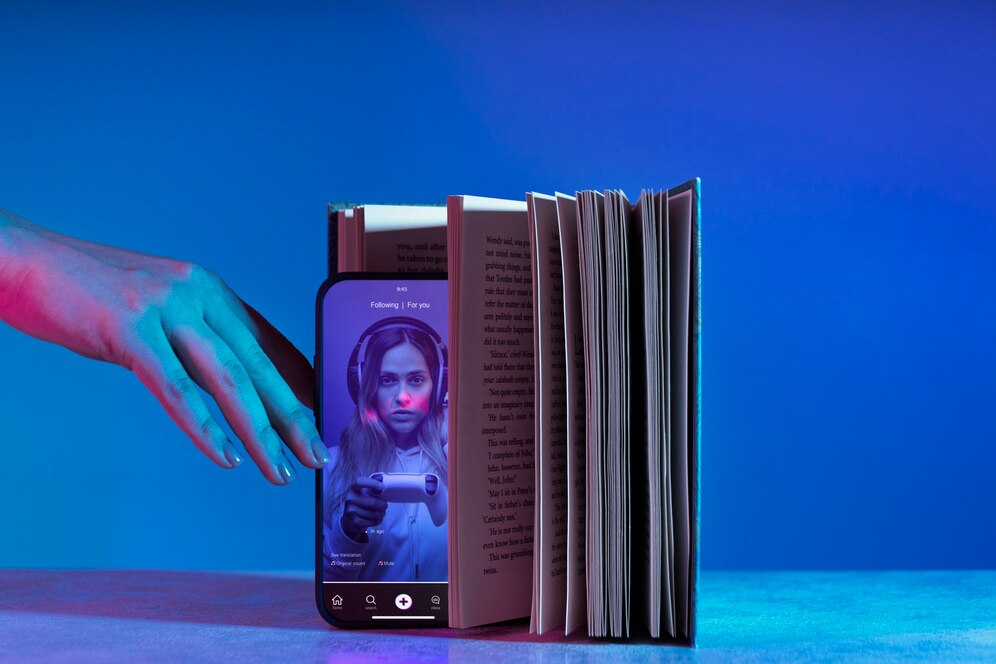Introduction
In an era dominated by instant communication, the weight of unspoken words often lingers in the shadows of our lives. The Unsent Project emerges as a poignant digital phenomenon, offering a sanctuary for individuals to release emotions they’ve never had the courage—or opportunity—to share. Founded in 2015 by artist Rora Blue, this crowdsourced platform invites people to submit anonymous letters addressed to someone they’ve never fully expressed their feelings to. These letters, often raw and vulnerable, are archived online and transformed into a mosaic of human connection, regret, love, and grief. This article delves into the origins, purpose, and profound impact of The Unsent Project, exploring its role as a modern-day confessional and a testament to the universality of unvoiced emotions.
1. The Origins of The Unsent Project: A Digital Sanctuary for Unspoken Emotions
The Unsent Project began as a deeply personal experiment by Rora Blue, who sought to process her own unresolved feelings by writing letters she knew she’d never send. What started as a solitary coping mechanism quickly resonated with others. Blue launched a website where strangers could anonymously submit their own unsent letters, often addressed to ex-lovers, estranged family members, or even deceased loved ones. The project’s simplicity—plain text on colorful backgrounds—stripped away distractions, allowing the raw emotion of each message to take center stage. Over time, the archive grew into a sprawling tapestry of human experience, with thousands of contributions spanning heartbreak, forgiveness, anger, and hope.
2. The Purpose: Why People Turn to The Unsent Project
At its core, The Unsent Project serves two functions: catharsis and connection. For contributors, writing an unsent letter is a therapeutic act—a way to externalize bottled-up emotions without fear of judgment or repercussion. Psychologists note that such expressive writing can reduce anxiety and foster emotional closure. For readers, the platform offers solace in shared vulnerability. Scrolling through the letters, one realizes how universal these unspoken feelings are: longing for closure, guilt over past mistakes, or love that was never reciprocated. The project dismantles the illusion of isolation, reminding us that our private struggles are often mirrored in others’ lives.
3. Themes and Patterns: The Emotions That Bind Us
Analyzing the letters reveals recurring themes that cut across age, gender, and geography. Unrequited love dominates many submissions, with writers mourning relationships that never fully materialized. Others grapple with grief, addressing letters to those who passed away before amends could be made. A striking number of entries focus on self-forgiveness, as contributors apologize to their younger selves for choices they regret. Mental health struggles, familial estrangement, and LGBTQ+ identity also emerge as common threads. These patterns highlight the project’s role as a mirror reflecting societal taboos and emotional burdens rarely discussed openly.
4. The Impact: How The Unsent Project Has Touched Lives
Beyond its digital presence, The Unsent Project has sparked real-world conversations about emotional honesty. Participants frequently describe the act of writing as transformative, likening it to “setting down a heavy backpack.” For some, it’s the first step toward healing; for others, it’s a final farewell to a chapter of their lives. The project has also inspired art exhibitions, where letters are displayed alongside installations exploring themes of memory and loss. Educators and therapists have incorporated the platform into workshops, using it to encourage students and clients to articulate their feelings. Its influence underscores the hunger for spaces where vulnerability is not just accepted but celebrated.
5. Criticisms and Controversies: Ethical Considerations
While largely praised, The Unsent Project has faced scrutiny. Critics question whether publicizing deeply personal letters—even anonymously—risks exploiting contributors’ pain for artistic or voyeuristic purposes. Others argue that the lack of direct feedback or resolution might leave participants feeling more isolated. Blue has addressed these concerns by emphasizing the voluntary nature of submissions and the project’s aim to foster empathy rather than provide solutions. Still, the debate raises important questions about the ethics of crowdsourced vulnerability in the digital age.

6. How to Participate: Writing Your Own Unsent Letter
Contributing to The Unsent Project is intentionally simple. Visitors to the website select a color associated with the recipient (e.g., red for passion, blue for calm) and type their letter, which is then posted anonymously. The guidelines encourage honesty and brevity, though many letters stretch into heartfelt essays. For those hesitant to share publicly, writing an unsent letter privately can still offer emotional release. Blue advises contributors to focus on specificity—details like inside jokes or shared memories—to anchor their emotions in authenticity.
7. The Future of The Unsent Project: Expanding the Conversation
As the project approaches a decade of existence, its founder envisions expanding its reach through collaborations with mental health organizations and interactive art experiences. There are discussions about creating localized versions of the archive to highlight cultural differences in emotional expression. Meanwhile, the growing volume of letters presents opportunities for AI-driven analysis to identify evolving societal trends. Yet, the heart of The Unsent Project will always remain its human element: the courage to speak the unspoken and the compassion to listen.
Conclusion
The Unsent Project is more than an archive—it’s a movement. By giving voice to the words we bury out of fear, shame, or circumstance, it challenges the notion that some feelings are meant to stay hidden. In a world increasingly connected yet emotionally fragmented, the project serves as a reminder that vulnerability is not weakness but a bridge to understanding. Whether you contribute a letter or simply bear witness, engaging with this digital tapestry invites reflection on the power of unspoken words—and the healing that comes from letting them go.
Frequently Asked Questions (FAQs)
Q1: Is The Unsent Project truly anonymous?
Yes. Submissions require no personal information, and letters are posted without names or identifiers. However, writers should avoid including details that could reveal their identity or the recipient’s.
Q2: Can I delete or edit my letter after submitting?
No. Once submitted, letters become part of the permanent archive. This policy emphasizes the finality of “sending” unspoken thoughts.
Q3: Are there content guidelines for submissions?
While the project allows raw expression, it prohibits hate speech, threats, or explicit content. Moderators reserve the right to remove letters violating these terms.
Q4: How can I use The Unsent Project in therapy or education?
Many therapists use the platform to help clients articulate buried emotions. Educators may assign letter-writing as an exercise in empathy and self-reflection.
Q5: Can I access letters offline or in print?
Selected letters have been featured in art books and exhibitions. Follow Rora Blue’s social media for updates on physical installations or publications.
This exploration of The Unsent Project illuminates its role as both a personal refuge and a collective mirror, proving that even in silence, we are never truly alone.
